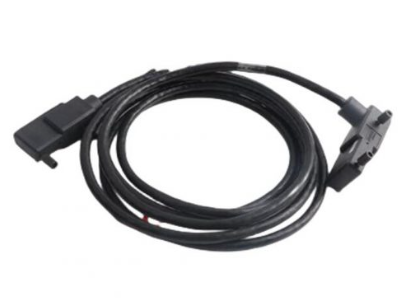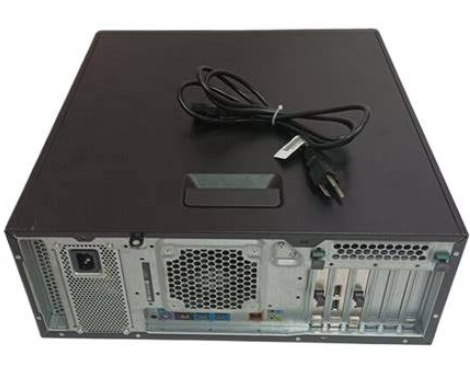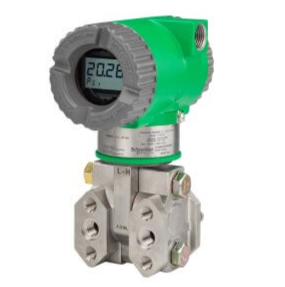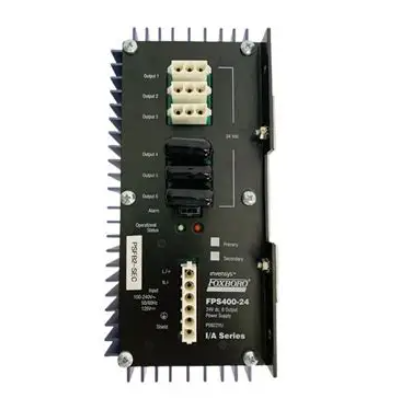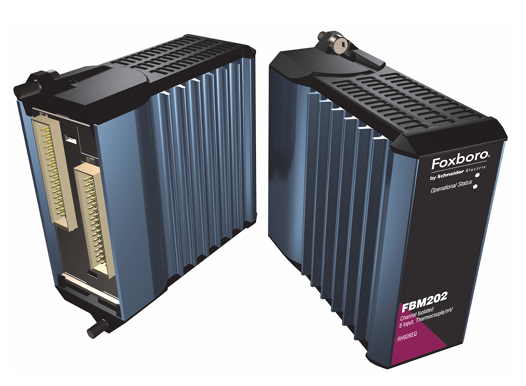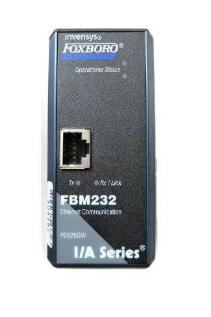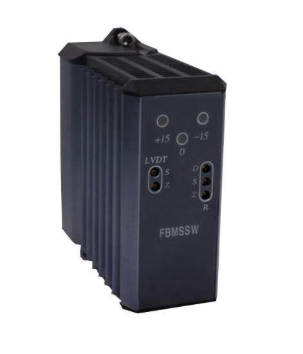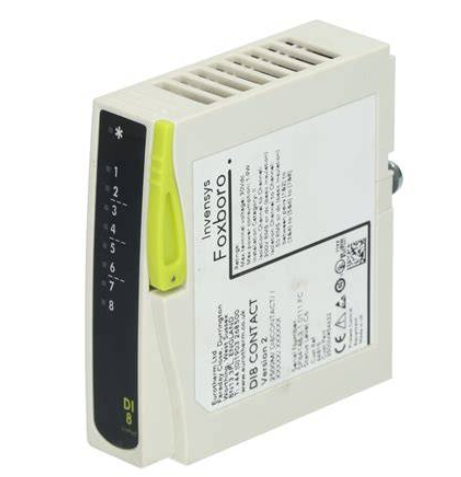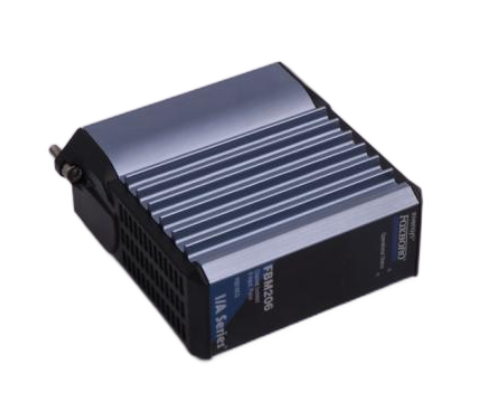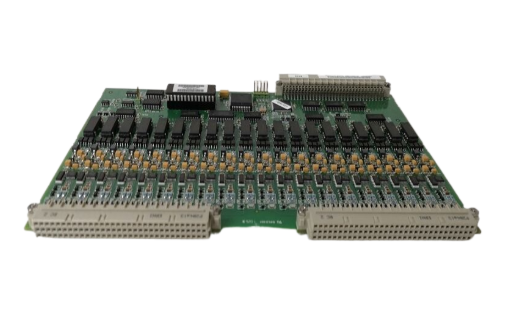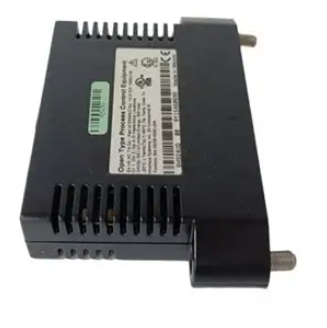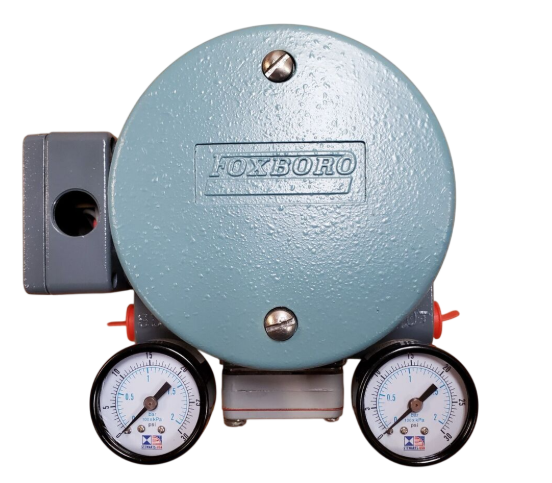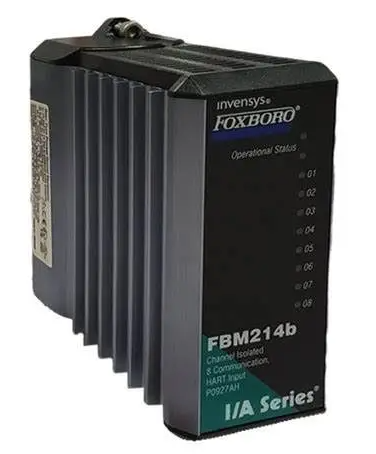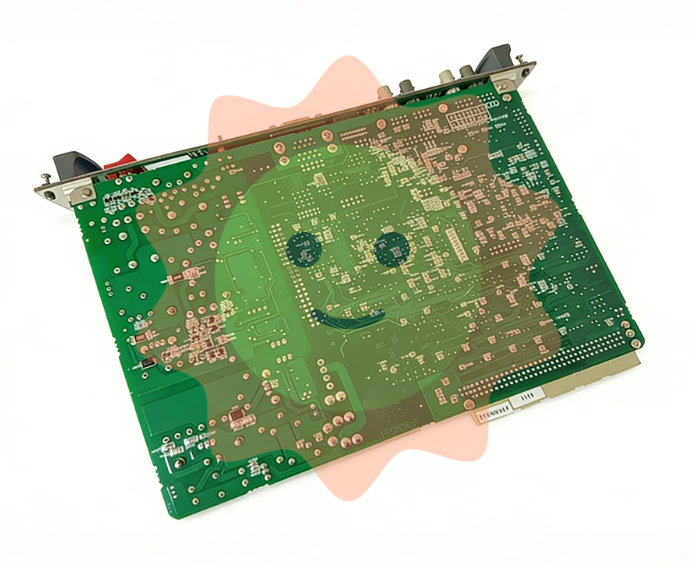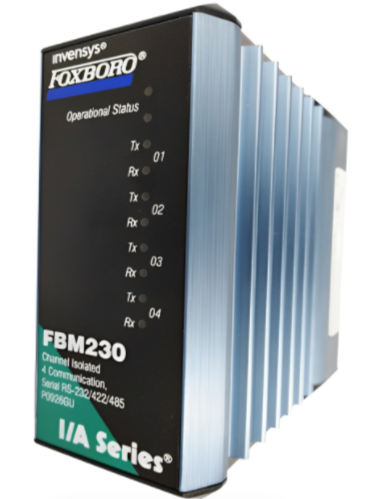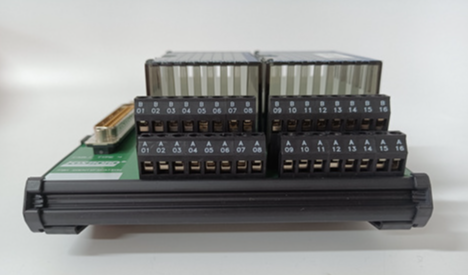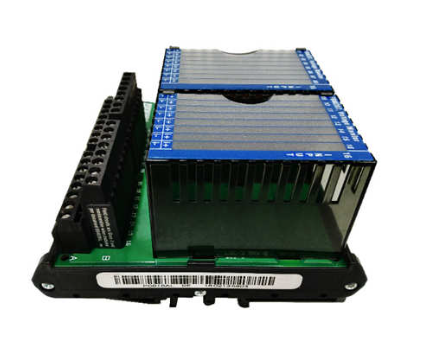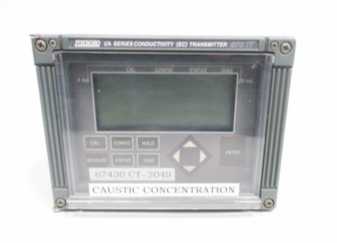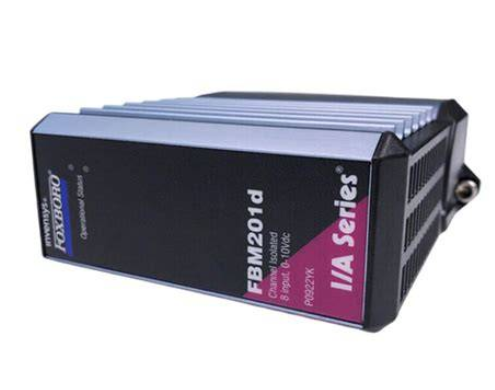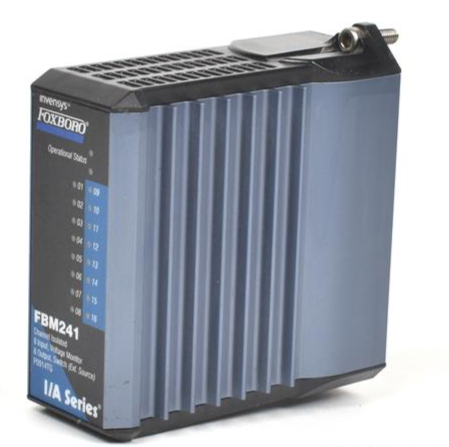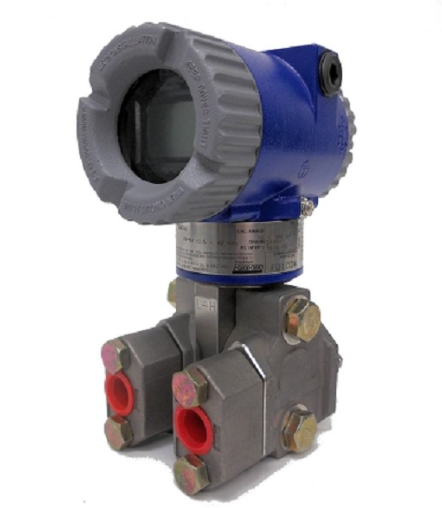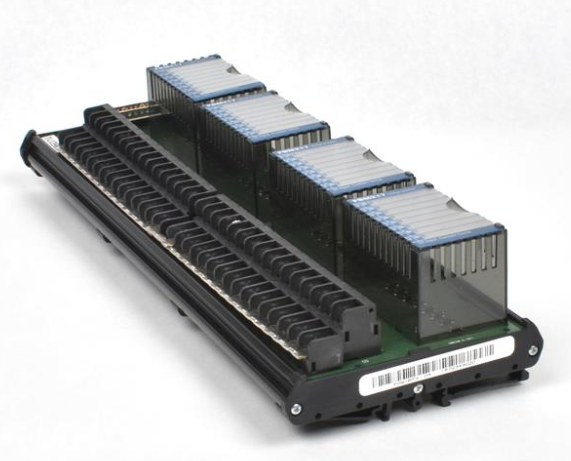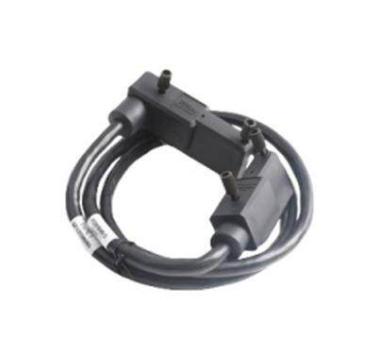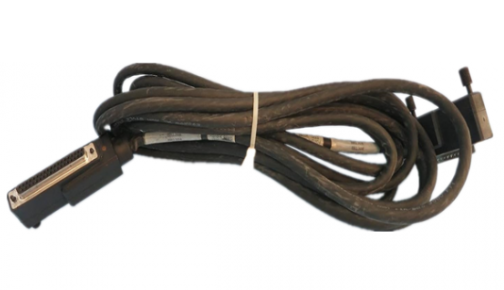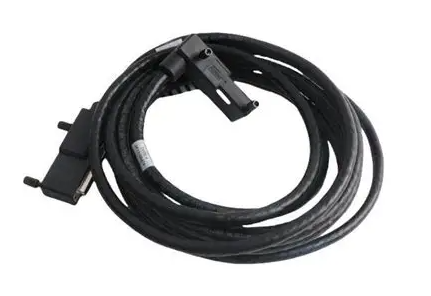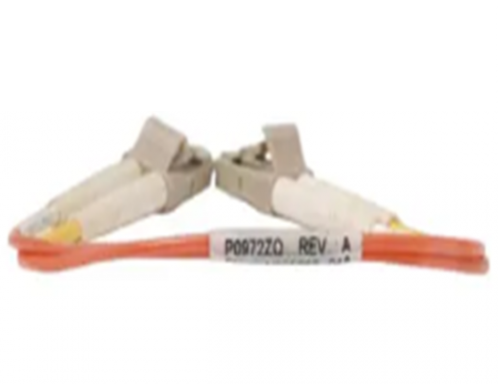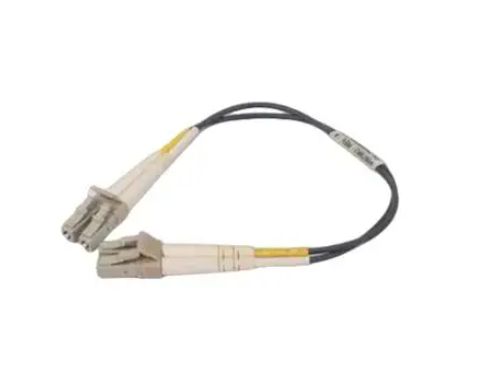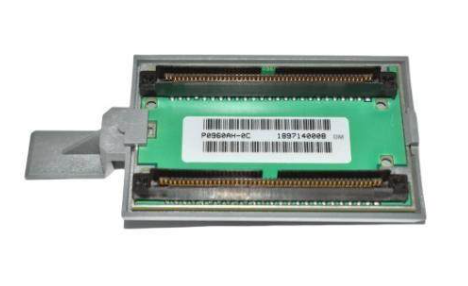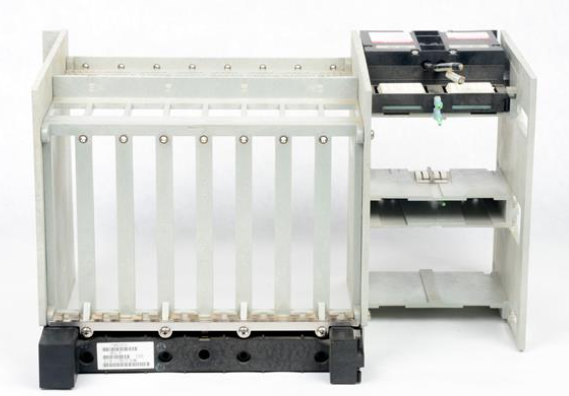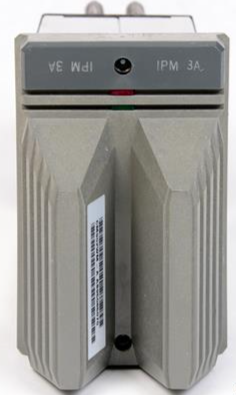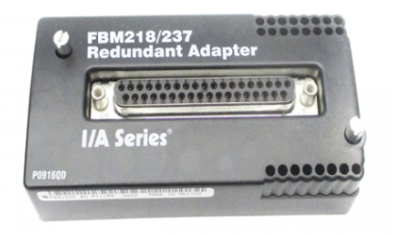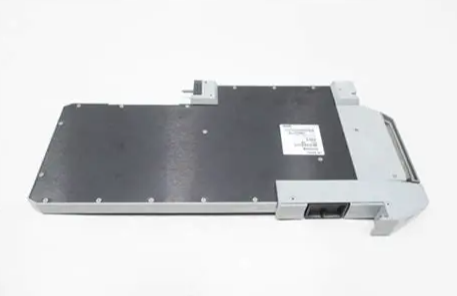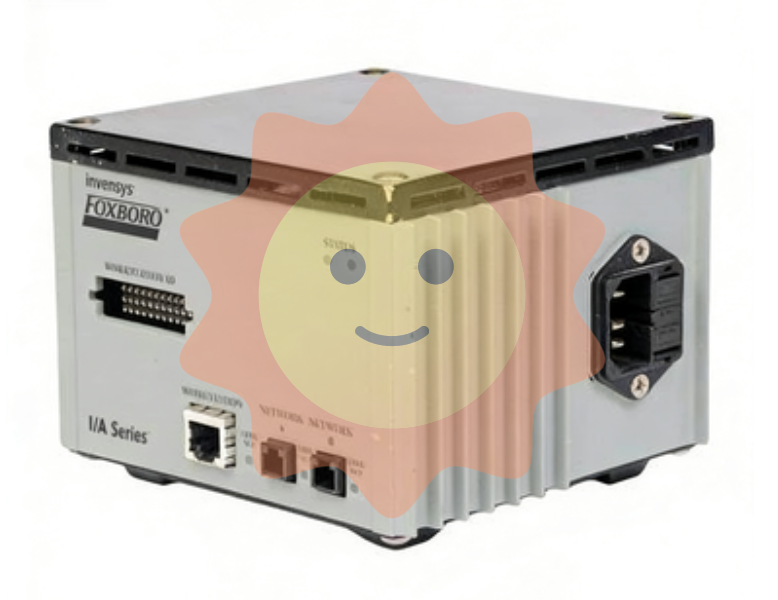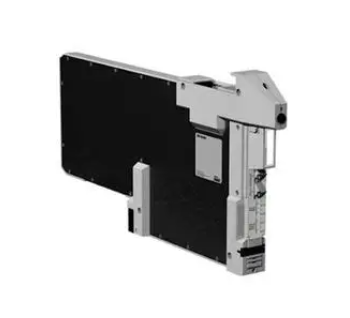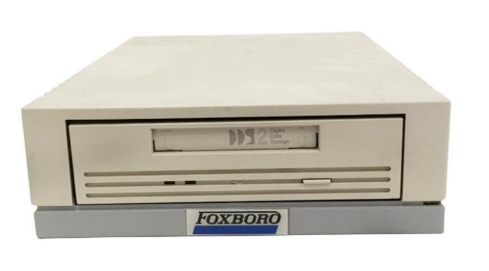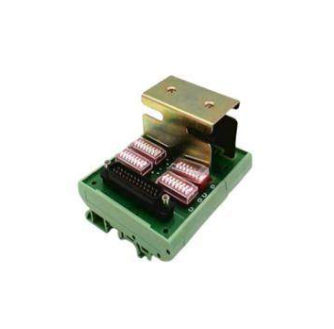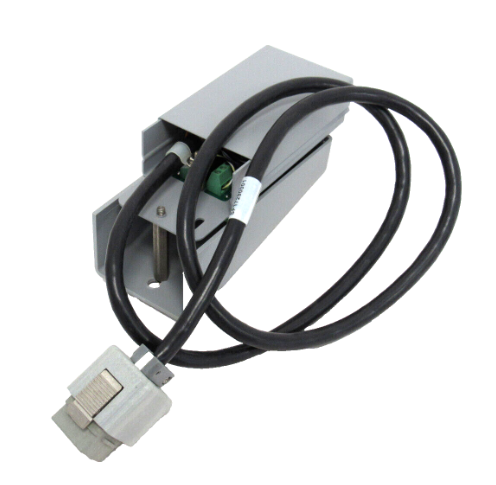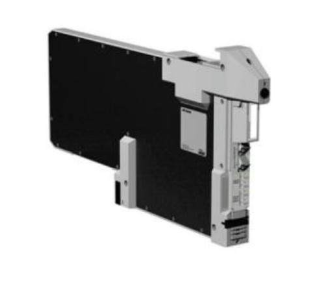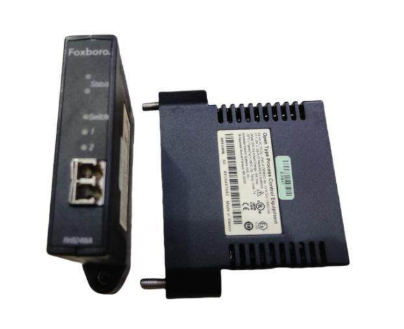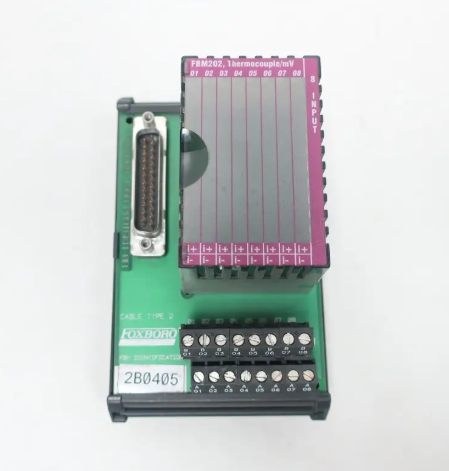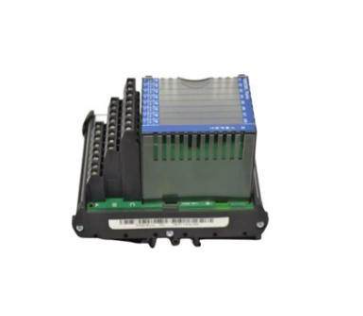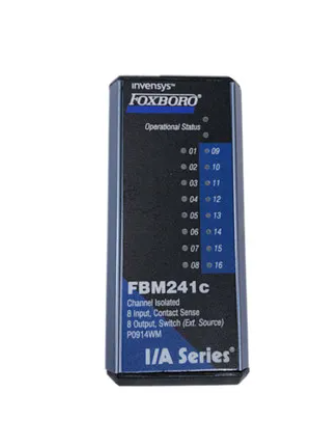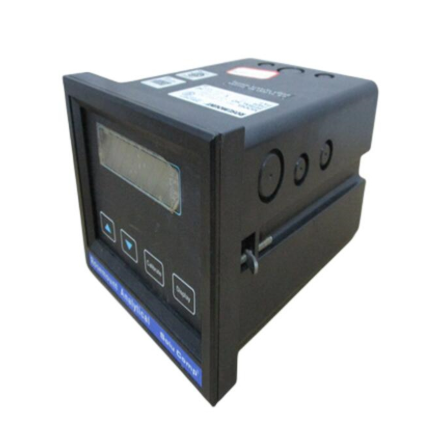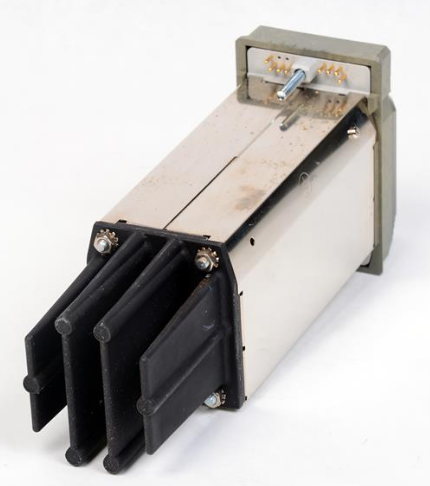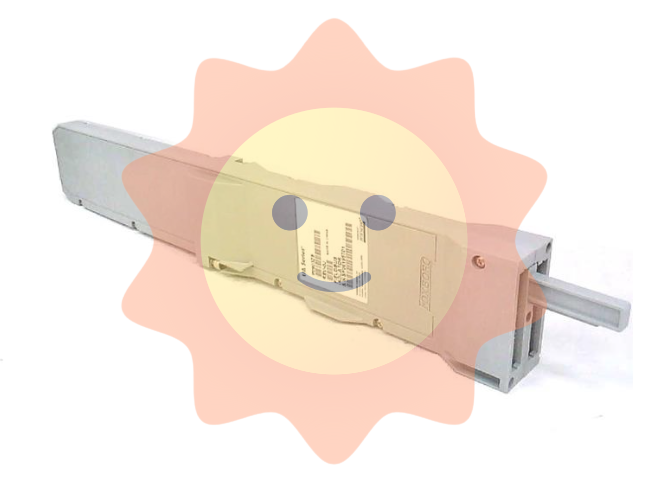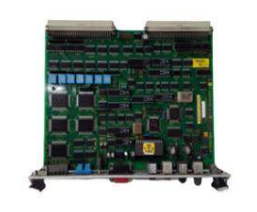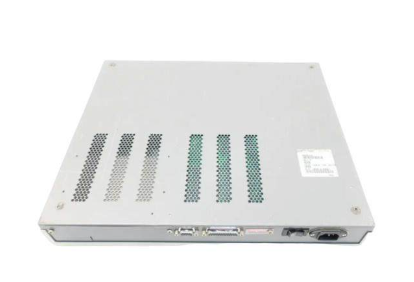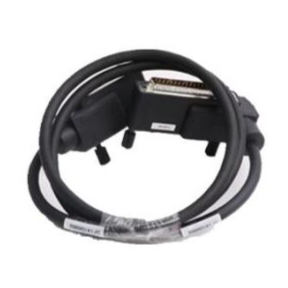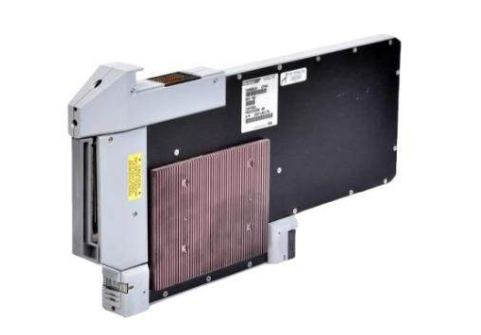WOODWARD 5009XT Steam Turbine Controls
WOODWARD 5009XT Steam Turbine Controls
Product positioning and core values
WOODWARD 5009XT is a high-end digital controller designed for industrial steam turbine systems, specifically designed for multivariable control requirements under complex operating conditions. As the core product of Woodward's industrial turbine control series, it is positioned higher than the basic 2301E-ST and 505 series, focusing on medium to large steam turbine systems that require high reliability, redundant design, and flexible expansion, such as power plant turbines, industrial drive turbine units, etc. The core value of the product lies in achieving precise collaborative control of speed, load, and pressure through modular hardware architecture and advanced control algorithms. It also supports triple redundancy (TMR) configuration, meets SIL level safety requirements, and reduces the risk of critical equipment shutdown.
Specification parameters
Input power supply: Supports multiple commonly used power specifications, such as 120 VAC/DC, 220 VAC, etc., and can be flexibly selected according to actual application scenarios to meet the power supply needs of different industrial environments, with good power compatibility.
Control accuracy: The speed control accuracy is extremely high, reaching ± 0.1% of the rated speed, which can accurately maintain the operating speed of the steam turbine and ensure stable operation of the equipment under various working conditions, providing stable power output for the production process. In terms of load control, a load distribution error of ≤ 1% (when multiple machines are connected in parallel) can achieve efficient collaborative work among multiple steam turbines, optimizing the overall operational efficiency of the system.
Communication Interface: Equipped with a variety of communication interfaces, including Ethernet interface (supporting Modbus TCP protocol), CANopen interface (supporting DS301/DS401 protocol), and RS485 interface (supporting Modbus RTU protocol). These interfaces enable the 5009XT to easily interact and communicate with other devices, making it easy to integrate into the factory's distributed control system (DCS) or programmable logic controller (PLC) system for remote monitoring, parameter adjustment, and system level automation control.
Display and operation interface: It has an intuitive graphical human-machine interface (HMI), usually with a high-resolution display screen, which can clearly present various operating parameters of the steam turbine, such as speed, temperature, pressure, load, etc. The interface adopts a menu driven design, which is easy to operate. Even non professionals can quickly get started with parameter settings, system monitoring, and fault diagnosis. Supports multilingual display, making it convenient for users from different regions around the world to use.
Environmental adaptability parameters: The working temperature range is usually -20 ℃ to+60 ℃, which can adapt to a wide range of industrial environmental temperature changes, and can operate stably in both cold northern regions and hot southern regions. In terms of protection level, the front panel installation model can reach IP54, with a certain degree of dust and water splash resistance, which can effectively prevent dust and water droplets from entering the interior of the equipment and affecting its normal operation; The installation model of the cabin wall is generally IP20, suitable for relatively clean indoor environments. Some models also offer sulfur resistant conformal coating options to enhance the product's corrosion resistance in corrosive gas environments containing sulfur, ensuring long-term reliable operation in harsh industrial environments.
Working principle
The operation of the WOODWARD 5009XT steam turbine controller is based on the closed-loop control principle. Through real-time monitoring and feedback of the operating parameters of the steam turbine, the control signal is continuously adjusted to achieve precise control of the steam turbine. The specific work process is as follows:
Parameter monitoring: The controller collects real-time operating parameters of the steam turbine through various sensors connected to the steam turbine system, such as speed sensors, temperature sensors, pressure sensors, vibration sensors, etc. These sensors convert physical quantities into electrical signals and transmit them to the input module of the controller.
Signal processing and comparison: The microprocessor of the controller processes and analyzes the input sensor signals, compares the collected actual operating parameters with the user's preset target values, and calculates the deviation between the two. For example, in speed control, the actual speed is compared with the preset speed target value to obtain the speed deviation value.
Control algorithm calculation: Based on the calculated deviation value, the controller uses an internal preset control algorithm, such as PID control algorithm, to perform calculation processing. The PID algorithm calculates the corresponding control quantity based on the proportional, integral, and derivative parameters of the deviation, in order to determine the amplitude and direction of the adjustment required for the steam valve opening. For example, if the actual speed is lower than the target speed, the PID algorithm will calculate a control signal to increase the opening of the steam valve to increase the steam flow into the turbine, thereby increasing the speed; On the contrary, if the actual speed is higher than the target speed, calculate the signal to reduce the valve opening.
- EMERSON
- Honeywell
- CTI
- Rolls-Royce
- General Electric
- Woodward
- Yaskawa
- xYCOM
- Motorola
- Siemens
- Rockwell
- ABB
- B&R
- HIMA
- Construction site
- electricity
- Automobile market
- PLC
- DCS
- Motor drivers
- VSD
- Implications
- cement
- CO2
- CEM
- methane
- Artificial intelligence
- Titanic
- Solar energy
- Hydrogen fuel cell
- Hydrogen and fuel cells
- Hydrogen and oxygen fuel cells
- tyre
- Chemical fiber
- dynamo
- corpuscle
- Pulp and paper
- printing
- fossil
- FANUC
- Food and beverage
- Life science
- Sewage treatment
- Personal care
- electricity
- boats
- infrastructure
- Automobile industry
- metallurgy
- Nuclear power generation
- Geothermal power generation
- Water and wastewater
- Infrastructure construction
- Mine hazard
- steel
- papermaking
- Natural gas industry
- Infrastructure construction
- Power and energy
- Rubber and plastic
- Renewable energy
- pharmacy
- mining
- Plastic industry
- Schneider
- Kongsberg
- NI
- Wind energy
- International petroleum
- International new energy network
- gas
- WATLOW
- ProSoft
- SEW
- wind
- ADVANCED
- Reliance
- YOKOGAWA
- TRICONEX
- FOXBORO
- METSO
- MAN
- Advantest
- ADVANCED
- ALSTOM
- Control Wave
- AB
- AMAT
- STUDER
- KONGSBERG
- MOTOROLA
- DANAHER MOTION
- Bently
- Galil
- EATON
- MOLEX
- Triconex
- DEIF
- B&W
- ZYGO
- Aerotech
- DANFOSS
- KOLLMORGEN
- Beijer
- Endress+Hauser
- MOOG
- KB
- Moxa
- Rexroth
- YAMAHA
- Johnson
- Westinghouse
- WAGO
- TOSHIBA
- TEKTRONIX


Email:wang@kongjiangauto.com

